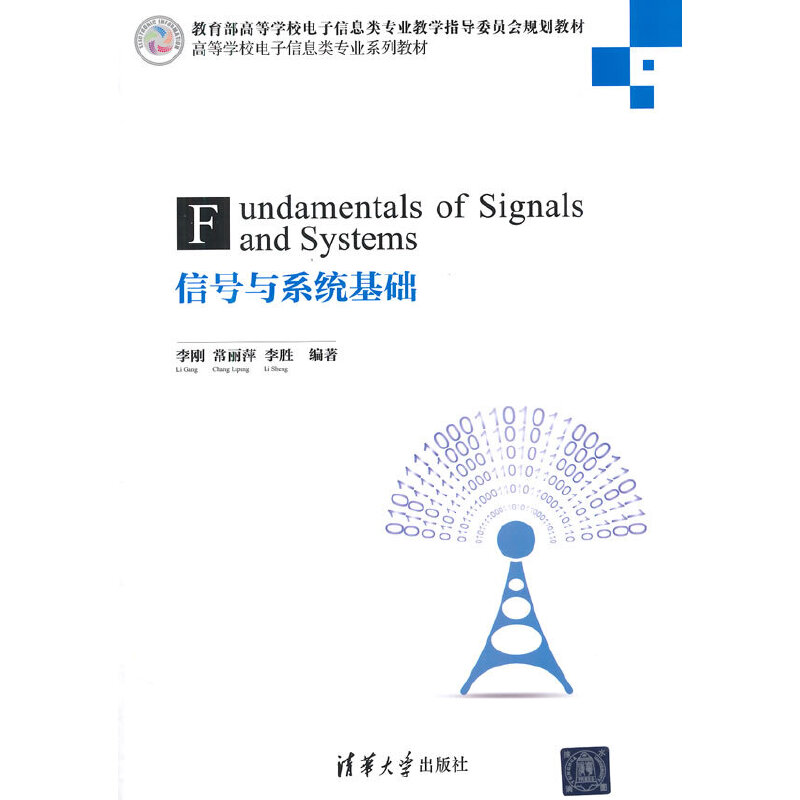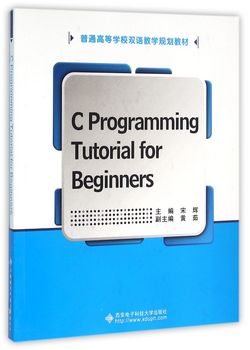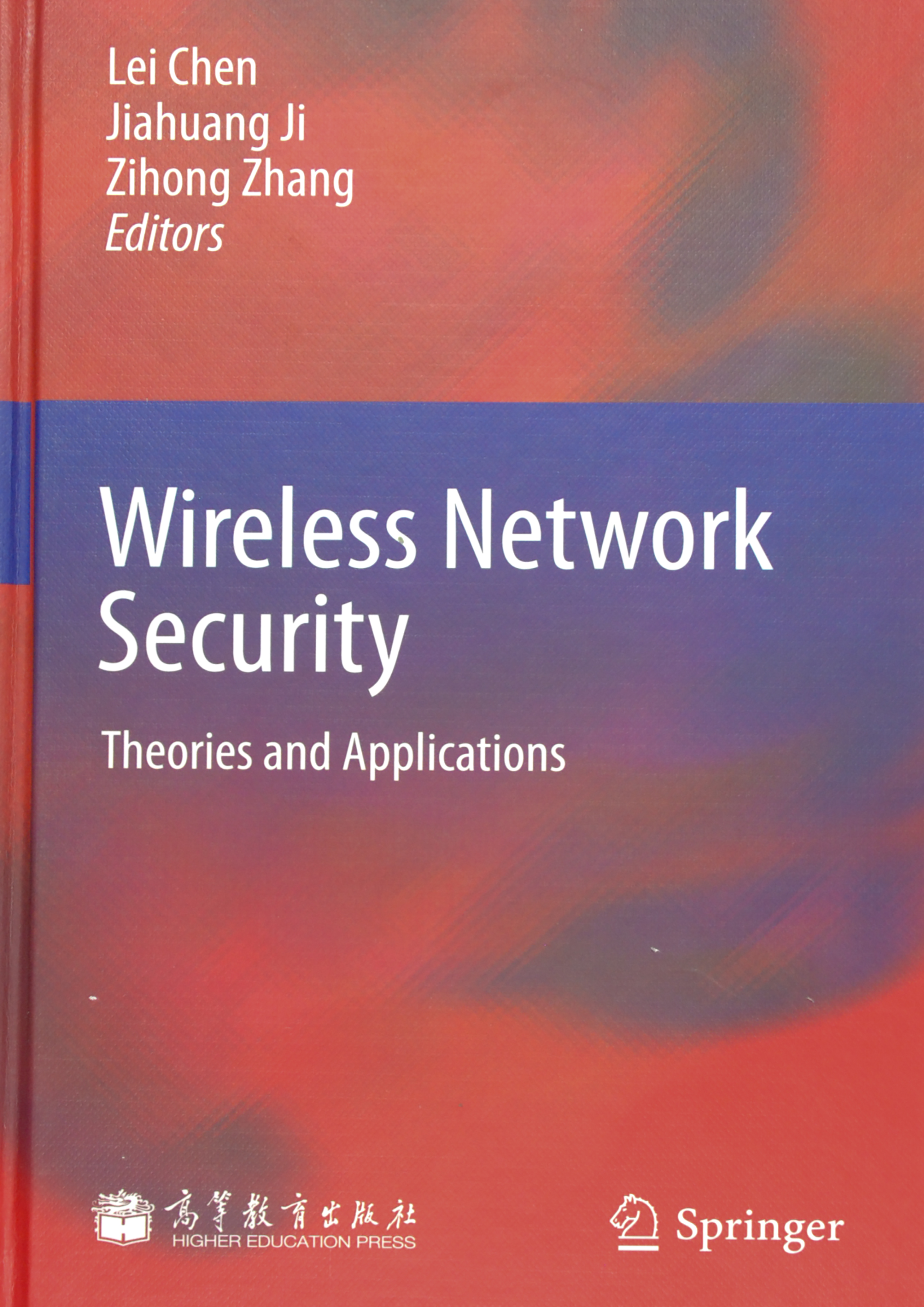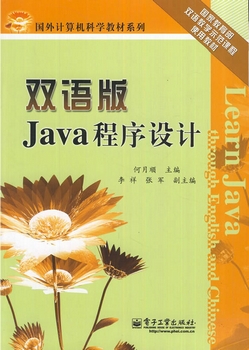商务沟通教程(第2版)(二维码版)
定价:¥29.80
作者: 胡冰
出版时间:2021-01
出版社:东北师范大学出版社
“十二五”职业教育国家规划教材
- 东北师范大学出版社
- 9787568165273
- 2版
- 371992
- 2021-01
内容简介
本书主要通过商务交流模拟试验、案例分析和英文原版片段阅读等教学方式,使学生了解商务交流的基本知识、掌握商务沟通的基本技巧、提高解决商务活动中常见问题的能力等。修订后的教材更新了过时素材,增加了拓展内容并增配了微课、微视频等立体化资源。
目录
Chapter 1 Effective Communication in Working Context
1.1 Communicate for information, influence and relationship
1.2 Gain effectiveness in communication
1.3 Avoid barriers in communication
Chapter 2 Strategies in Organizational Communication
2.1 Know about the people you communicate with
2.2 Choose the right channel for communication
2.3 Follow the appropriate style in message delivery
Chapter 3 Listening Skill in Workday Communication
3.1 Why do we need to listen?
3.2 Why are we not listening?
3.3 How can we improve listening skill?
Chapter 4 Oral Presentation and Visual Aids
4.1 Preparation and presentation draft
4.2 Delivery of oral presentation
4.3 Visual aids to supplement oral delivery
Chapter 5 Professional Document:Effective Content Design
5.1 Direct and indirect organization of business message
5.2 High Skim Value for audience convenience
5.3 Effective paragraphs of business message in English
Chapter 6 Professional Document: Effective Format Design
6.1 Format of business letters
6.2 Format of memos
6.3 Mechanical means of edition to improve readability
Chapter 7 Professional Document: Appropriate Language Choice
7.1 Being positive in using words and tones
7.2 C's principles: correct, clear, complete, concrete, concise
7.3 Standard of professional language:natural, personal, simple, diplomatic
Chapter 8 Meeting Communication
8.1 Conference information delivery and meeting invitation
8.2 Meeting preparation
8.3 Meeting agenda
Chapter 9 Communicate for Employment
9.1 A resume of English standard
9.2 An application letter targeted at the post
9.3 Successful interview performance
Chapter 10 Communication: A Cross-Cultural Perspective
10.1 Difference in concept of context: high or low dependence
10.2 Difference in concept of time: sequential or simultaneous
10.3 Difference in concept of relationship: individual or group
10.4 Difference in idea delivery: direct or indirect
1.1 Communicate for information, influence and relationship
1.2 Gain effectiveness in communication
1.3 Avoid barriers in communication
Chapter 2 Strategies in Organizational Communication
2.1 Know about the people you communicate with
2.2 Choose the right channel for communication
2.3 Follow the appropriate style in message delivery
Chapter 3 Listening Skill in Workday Communication
3.1 Why do we need to listen?
3.2 Why are we not listening?
3.3 How can we improve listening skill?
Chapter 4 Oral Presentation and Visual Aids
4.1 Preparation and presentation draft
4.2 Delivery of oral presentation
4.3 Visual aids to supplement oral delivery
Chapter 5 Professional Document:Effective Content Design
5.1 Direct and indirect organization of business message
5.2 High Skim Value for audience convenience
5.3 Effective paragraphs of business message in English
Chapter 6 Professional Document: Effective Format Design
6.1 Format of business letters
6.2 Format of memos
6.3 Mechanical means of edition to improve readability
Chapter 7 Professional Document: Appropriate Language Choice
7.1 Being positive in using words and tones
7.2 C's principles: correct, clear, complete, concrete, concise
7.3 Standard of professional language:natural, personal, simple, diplomatic
Chapter 8 Meeting Communication
8.1 Conference information delivery and meeting invitation
8.2 Meeting preparation
8.3 Meeting agenda
Chapter 9 Communicate for Employment
9.1 A resume of English standard
9.2 An application letter targeted at the post
9.3 Successful interview performance
Chapter 10 Communication: A Cross-Cultural Perspective
10.1 Difference in concept of context: high or low dependence
10.2 Difference in concept of time: sequential or simultaneous
10.3 Difference in concept of relationship: individual or group
10.4 Difference in idea delivery: direct or indirect










